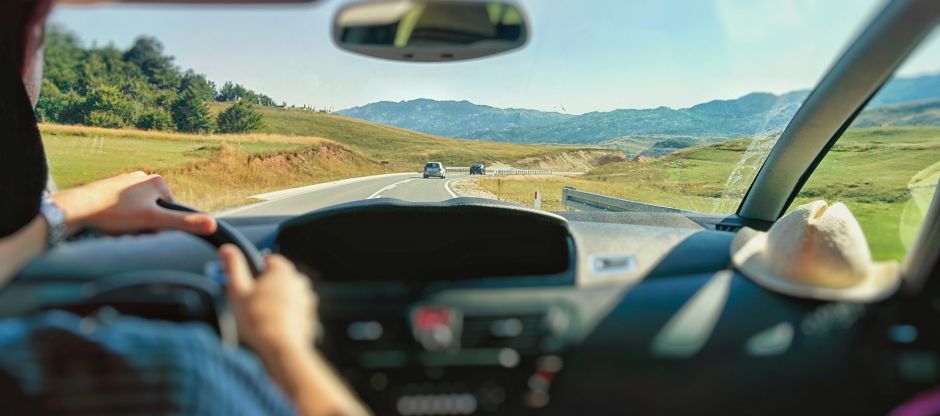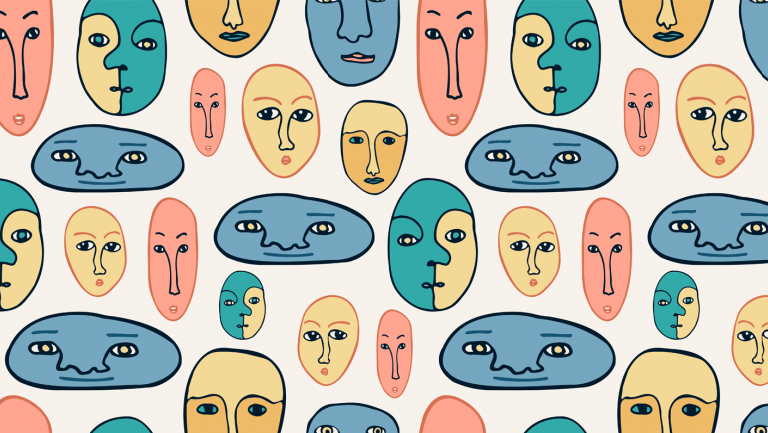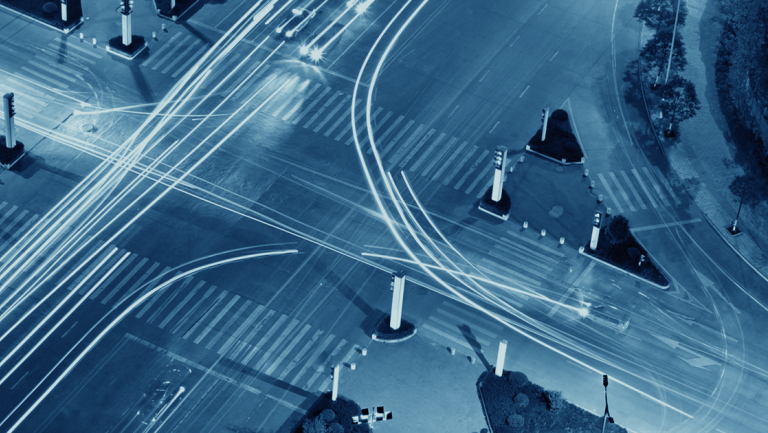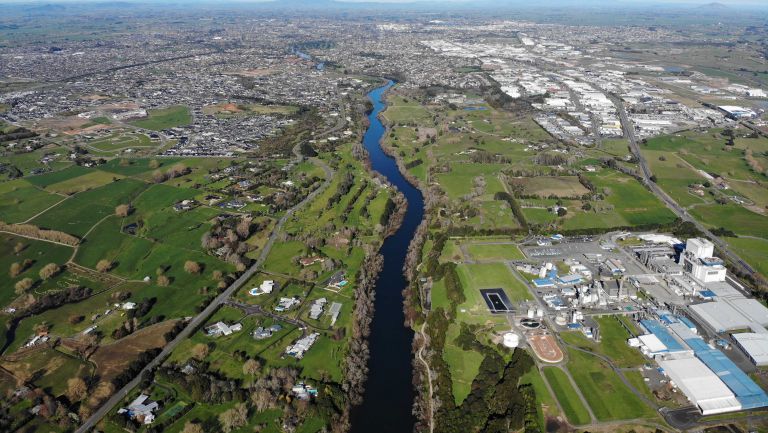Sign up for our monthly newsletter
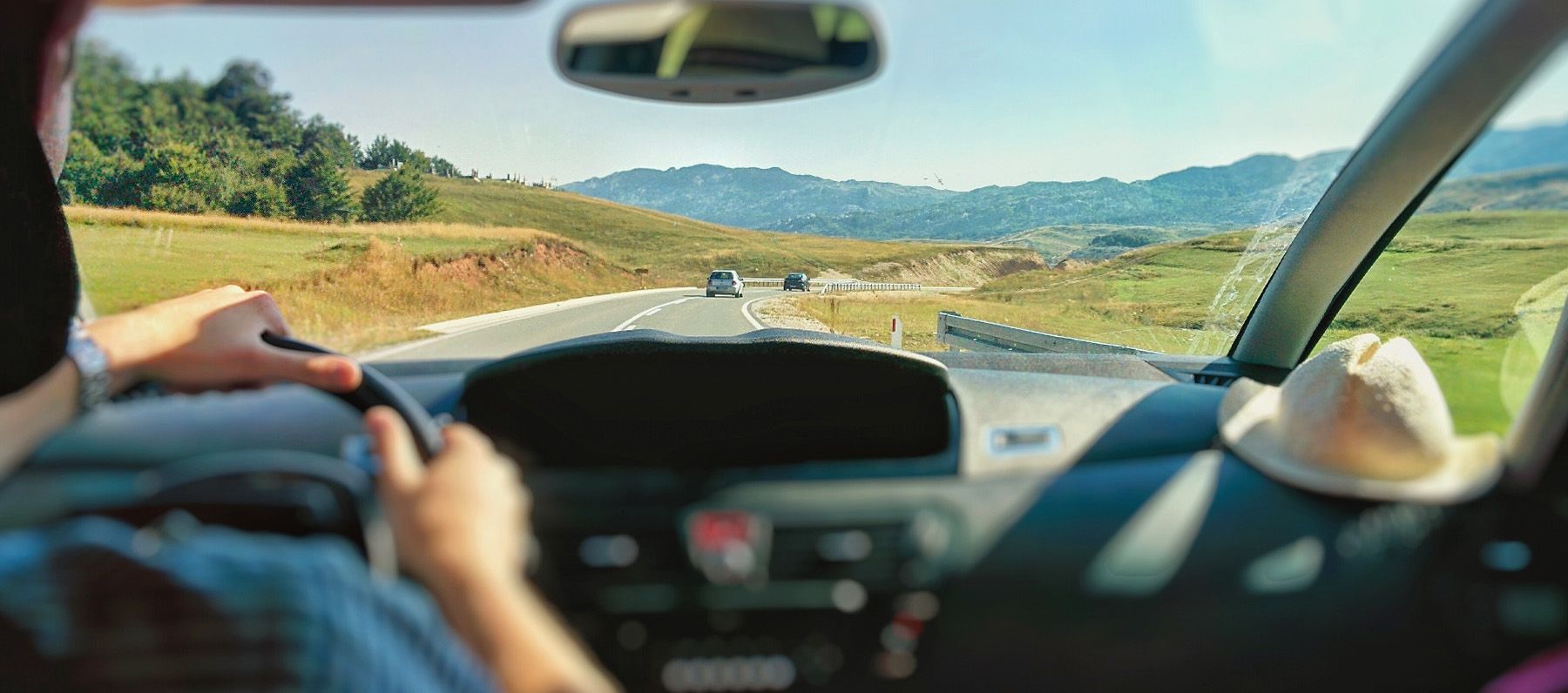
Seeking out the edges for inclusive co-design
Great co-design is inclusive. It makes an effort to find and include all of the people who will be affected by a program or service. And that means speaking to people who are often left out of design processes because they are harder to reach.
People on the periphery. People far from the centre.
That has long been our commitment at ThinkPlace but recently we’ve been asking ourselves a more nuanced question.
What is the centre and what is the edge?
For policy makers the centre is where central government is. This is traditionally where key decisions are made, and where other key decision-makers congregate. From this vantage point, the distant edges can be about geography but also about ideology and experience—social, cultural and political remoteness from the centre.
For service providers, the centre is where the people that they serve are. They go to where they are needed, no matter how ‘remote.’ To service providers the edges are geographic, but they are also emotional and financial as they invest time and energy into their people and community.
For citizens, the centre is likely to be family and extended family. The edges beyond are often places that can only be imagined.
How are we to align all of these centres, perspectives and experiences and co-design better services and policies?
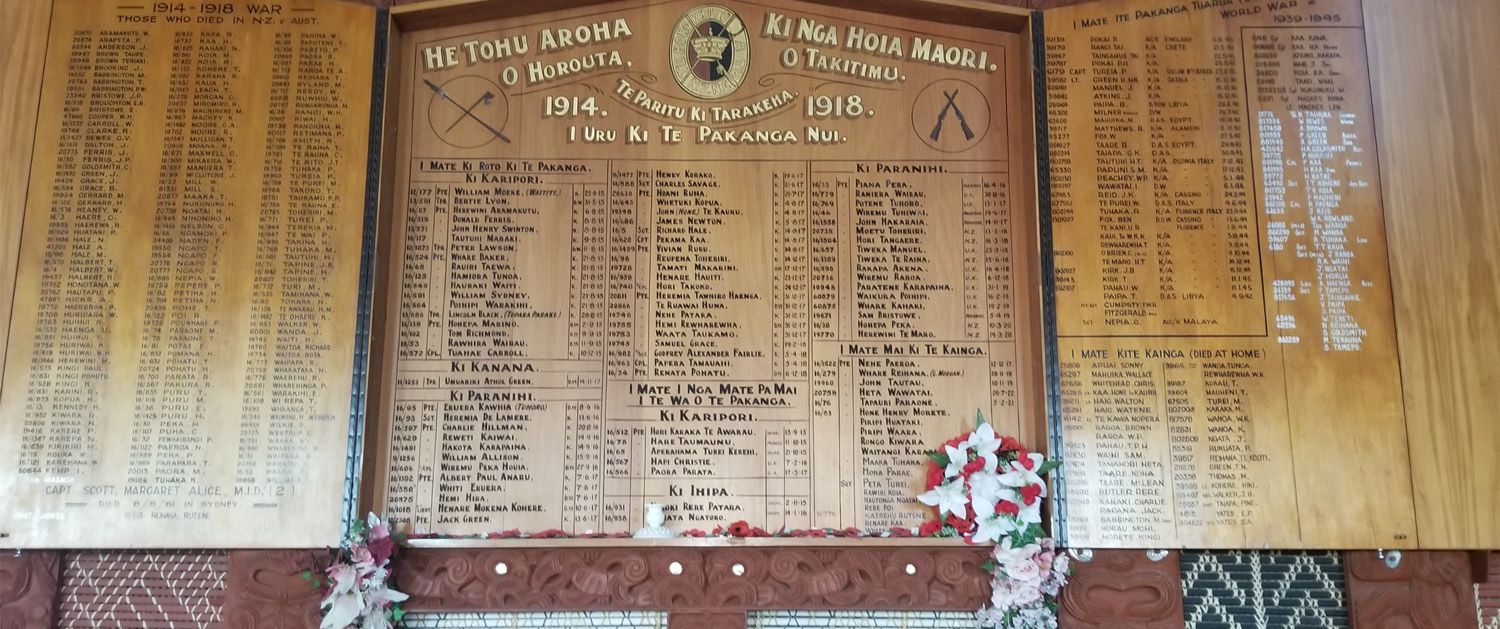
To do so, we need to purposefully examine our assumptions of what is central and what is remote.
It’s for this reason that a small team from WāhiWhakaaro (ThinkPlace NZ) embarked on a trip to the (geographic) edge of Aotearoa New Zealand to seek perspectives of co-design, and better understand how it might be a valuable tool to support government design services for people ‘on the edges’. We travelled to the East Cape from Rotorua to Gisborne, talking with people about the possibilities and challenges of using co-design to approach opportunities.
Don’t be afraid to go and find what you don’t know
“Haere ki te tōnga o te rā”
Go to the setting of the sun
We became acquainted with an ancestor of Te Whānau a Apanui at a hui (meeting) in Te Kaha, a small town on the ruggedly stunning East Cape of Te Ika a Maui (North Island). It references the story of a young ancestor who wanted to defeat an ongoing victor. Having tried all the obvious ways to win the fight, and failing, he realised he was trying to solve his problem in the same old ways. Calling out for help, his response was to go to the setting of the sun, and he set off on a journey to seek what he didn’t know. After all, no-one has a monopoly on knowledge.
With careful observation the young man found strategies in nature: a solid rock pounded by waves represented stability; a seagull dancing in the waves represented responsiveness; a shag diving for fish represented effectiveness.
The similarities with co-design are strong. At ThinkPlace we see it as an opportunity to set off on a journey to seek what is not known, and to see things with fresh eyes. The process of undertaking empathy interviews where we talk to people in their own context (often on the edges) is an empowering and often revolutionary as it helps to unlock deep set beliefs about who, or what is ‘remote’ and whose reference point does it reflect?
Which is the more valuable perspective to hold – the centre or the edge? When you are designing services and or new models that are truly sustainable and meaningful, the reality is that both are important – this is the both and space. The question is how do you hold these sometimes competing perspectives? At ThinkPlace we use human-centred system tools to make these perspectives and tensions visible. We use maps, customer journeys and insights to articulate what is important to who and why. How this is supported by the place in which they stand? We set aside judgement about which is right, and focus on the ideal future experience we want to create.
Interestingly, the edges are the places where innovation resides. Where people are naturally nimble, not in clear view, working with the resources to hand. And yet, as one woman in Gisborne asked – who gets to decide what innovation is? Human-centred innovation can be as simple as making visible the innovation that already exists on the ‘edges’ – the places where family, whānau and community connect and make things happen. Co-design can help to re-frame ‘the way we do things’ on the edges, to what is ‘innovation’ at the centre.
The road to meeting with people who are far away isn’t always straight forward. It’s more labour intensive, things can get lost in translation. It asks more from us. That’s why most people who design policy and service interventions and processes don’t talk to these people. And that’s why they are so often poorly catered for.
The next time you are embarking on your next challenge, why not seek out the edges? Things might look a little different there.

